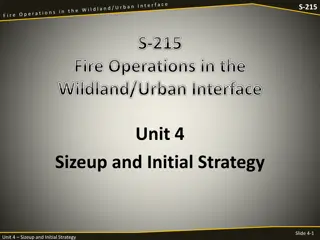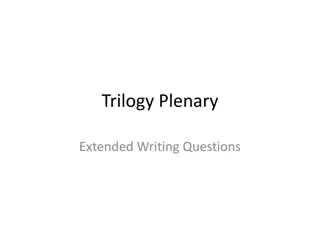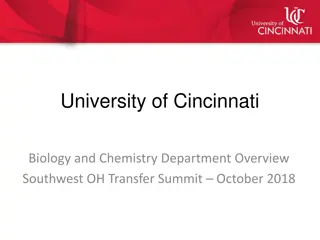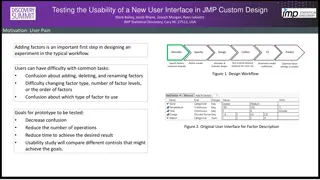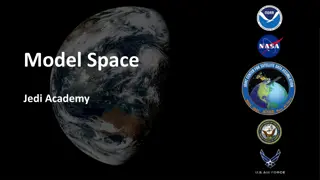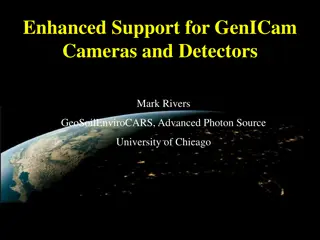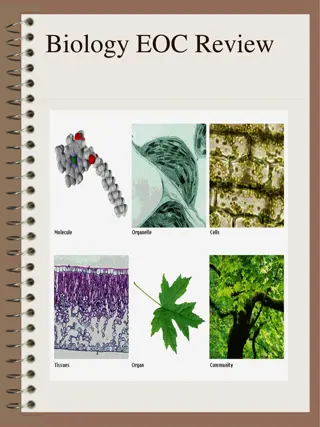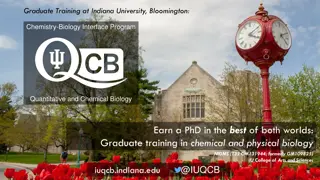Exploring Biology and Chemistry at the Biology/Chemistry Interface
Delve into the interdisciplinary world of biology and chemistry with a deep focus on evolutionary events, atmospheric oxygen content, and the co-evolution of chemical and biological systems. This course challenges juniors and seniors to analyze data, construct graphs, and predict outcomes while understanding the profound impact of environmental conditions on living organisms. Engage in group activities to estimate atmospheric oxygen levels and plot consensus graphs, all within a geological timescale framework.
Download Presentation

Please find below an Image/Link to download the presentation.
The content on the website is provided AS IS for your information and personal use only. It may not be sold, licensed, or shared on other websites without obtaining consent from the author. Download presentation by click this link. If you encounter any issues during the download, it is possible that the publisher has removed the file from their server.
E N D
Presentation Transcript
(Our) Habitable World The Supercool Group 6: Biology/Chemistry Interface By: Khoa Nguyen, Michal Brylinski, Benjamin Maas, Kristy Stensaas, Suniti Karunatillake, Achim Herrmann, Wolfgang Kramer Our Awesome Facilitators: Bill Wischusen and Anne Grove
Course Description: -upper level class (juniors and seniors) -interdisciplinary, including the fields of biology, chemistry and geosciences Prerequisites: Students have taken introductory biology, chemistry and geology Length/time of unit: 2 week unit; early in the course
Learning goals: -students will be able to analyze data and construct a graph -students will be able to understand the importance of evolutionary events on atmospheric oxygen content Learning outcomes: -given an event, students will be able to use the graph to predict the outcome -students will be able to develop a response to changes in an environmental condition -students will understand the co-evolution of chemical and biological systems on a geological timescale
Activity: 1. Divide into groups of six 2a. Describe each event to a partner b. Assess potential effects on atmospheric O2 levels c. Estimate O2 levels at each event d. Plot estimates on the graph 3. Each group of 6 constructs a consensus graph and brings it to the front
Increase Decrease Stay the same 1. 59% 2. 3. 22% 19% 1 2 3
Increase Decrease Stay the same 1. 2. 3.
Increase Decrease Stay the same 1. 2. 3. 0% 0% 0% 1 2 3
Increase Decrease Stay the same 1. 2. 3. 0% 0% 0% 1 2 3






